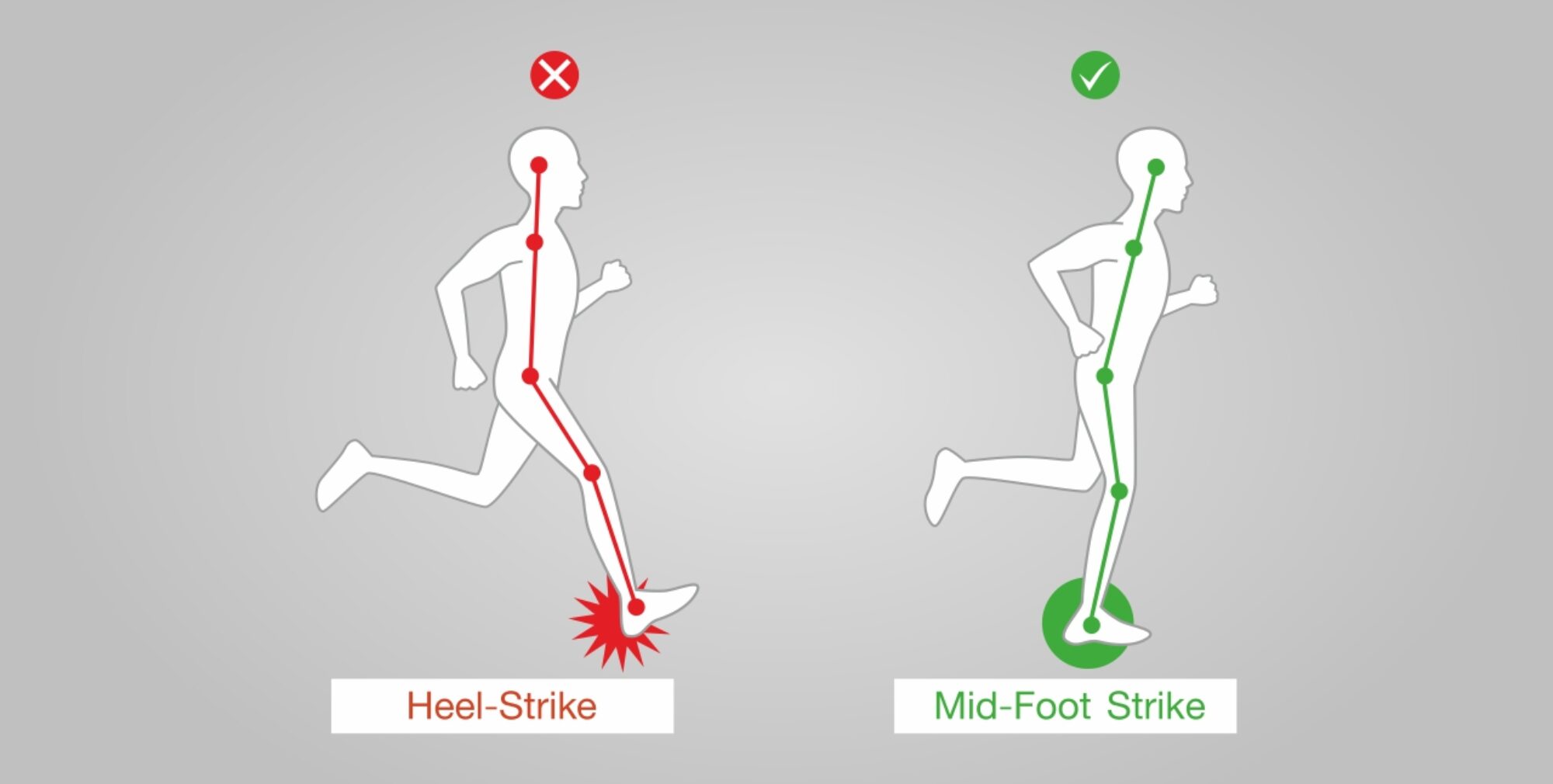In the world of running, Physical training is prioritized a lot. Our main goals are to increase muscle strength, endurance, and form perfection. But in the middle of the exhausting exercises and careful meal plans, something very important is sometimes forgotten: the mental game. To succeed in the physically demanding activity of running, our minds must be trained, just like our bodies.
Why Mindset Matters
Running presents both physical and mental challenges. Our motivation, performance, and entire running experience can all be greatly impacted by our thoughts, beliefs, and emotions. We can overcome difficult runs, stay focused during contests, and keep a good outlook even when we experience failures with the support of a strong mental game.

Strategies for Mental Toughness
- Visualization: Spend time visualizing yourself achieving your running goals. Picture yourself crossing the finish line, feeling strong and accomplished. This mental rehearsal can help boost your confidence and prepare your mind for success.
- Positive Self-Talk: Replace negative thoughts with encouraging self-talk. Instead of dwelling on doubts or fatigue, focus on positive affirmations like “I am strong,” “I can do this,” or “I’m making progress.”
- Mindfulness: Practice mindfulness techniques like meditation or deep breathing to enhance focus and manage stress. By bringing awareness to the present moment, you can reduce distractions and stay grounded during your runs.
- Goal Setting: Set realistic and achievable goals to keep yourself motivated. Break down larger goals into smaller milestones, celebrating each accomplishment along the way.
- Learning from Setbacks: View setbacks as opportunities for growth rather than failures. Analyze what went wrong, make adjustments, and use the experience to fuel your determination.
Harnessing the Power of Mindset
By incorporating mindset training into your running routine, you can unlock a whole new level of performance and enjoyment. A resilient and positive mental attitude can help you:
- Overcome mental barriers: Push past self-doubt and negative thoughts that might hold you back from reaching your full potential.
- Improve focus and concentration: Stay mentally engaged during runs, maintaining focus on your technique and pacing.
- Increase motivation and resilience: Stay committed to your training even when faced with challenges or setbacks.
- Enhance enjoyment and satisfaction: Experience a greater sense of accomplishment and fulfillment from your running journey.
Unquestionably, physical preparation is half the story when it comes to successful running. You may improve your running experience, accomplish your objectives, and realize the real potential of mental toughness by developing a robust and powerful mentality. Accept the mental aspect of running and see how your performance increases.










